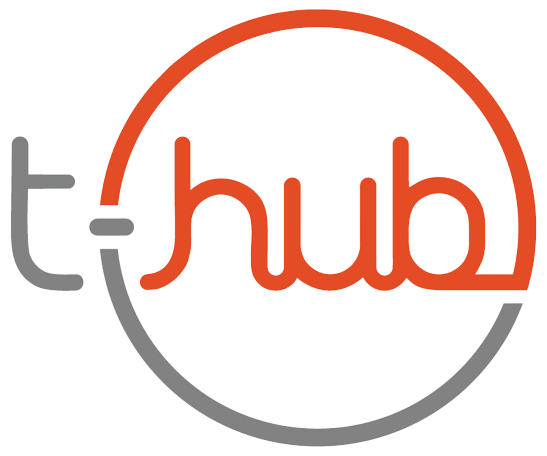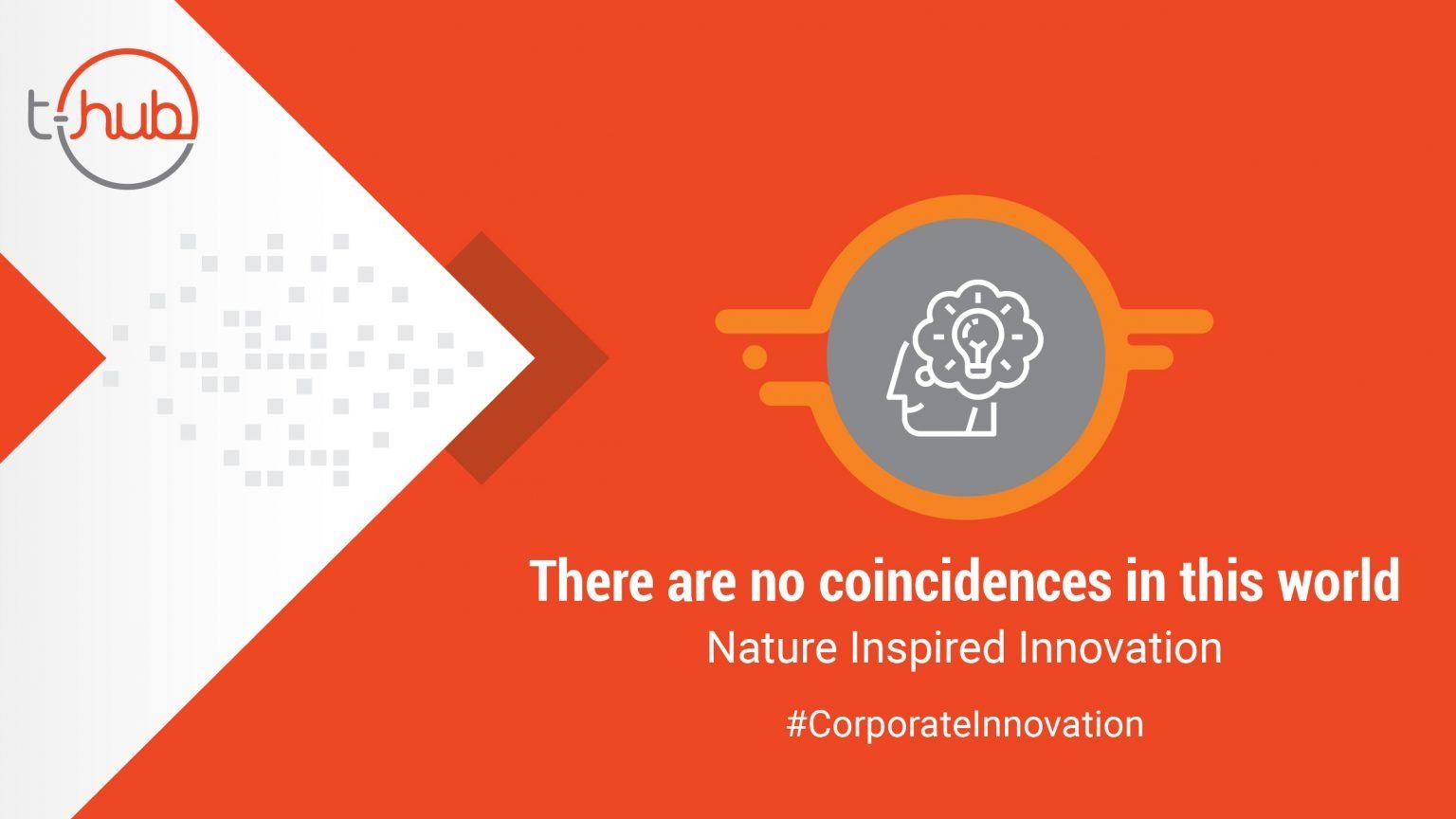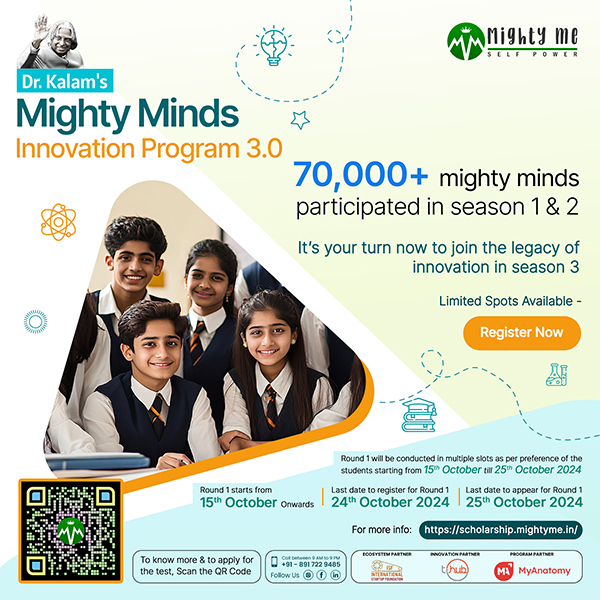Nature Inspired Innovation
Master Oogway is an old wise turtle who inspired and motivated Kung Fu Panda to become the dragon warrior and save the world from different dangers. Like Panda in the movie every innovation practitioner goes through a journey of self-doubt and looks for inspiration around them to go forward. “There are no coincidences in this world”, master Oogway’s quote stands apt for the wonders you see in nature. Living and non-living objects in this mega biosphere have been subjected to 3.8 billion years of experimentation and then placed in a delicate and intricate ecosystem to prosper. There are enough natural miracles to prove that nothing sustainable in nature happened by an accident or by coincidence. Living organisms went through mutation for millions of years and have been adapting to ecological changes. I recommend you to read my previous introductory article on biomimicry using this link. It will help you reach to a conclusion that nature is the ultimate source of inspiration for innovation. In this article have listed down various types of nature inspired innovations.
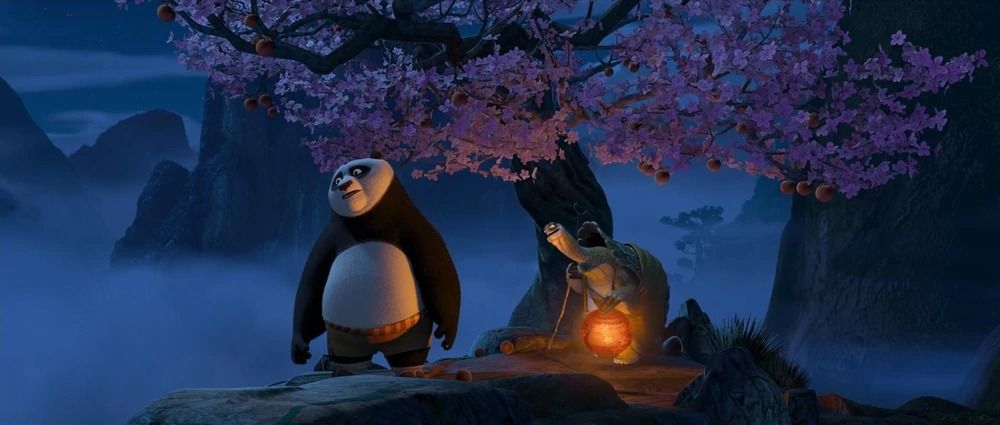
Pic: Master Oogway with Po in Kung Fu Panda (2008)
In 1989, Japan’s Shinkansen bullet train had a problem when travelling inside tunnels at the speed of 170 mph. Air pressure created inside the tunnel would create big blast noise audible even 400 meters away, while the train exits tunnels. An engineering team was commissioned to research and propose a solution for this challenge. To design a quieter, faster and efficient train team had a secret weapon: Eiji Nakatsu – general manager for technical development, who was a bird watcher. Different components for the new bullet train were inspired by different birds. Owls inspired the pantograph, wings and feather construct was such that they could easily catch prey with minimal noise. Pantograph’s support structure was inspired by penguin belly, which was streamlined to achieve greater speed with minimal friction inside water. Next step was to design the locomotive’s facade, which was designed based on the beak structure of a kingfisher bird. Evolutionary nature’s design has enabled kingfishers to catch fish inside the water with minimal splash. Bullet train’s design revitalization inspired by nature has solved the challenge of sonic boom with 15% fuel efficiency and also made the train 10% faster than before.
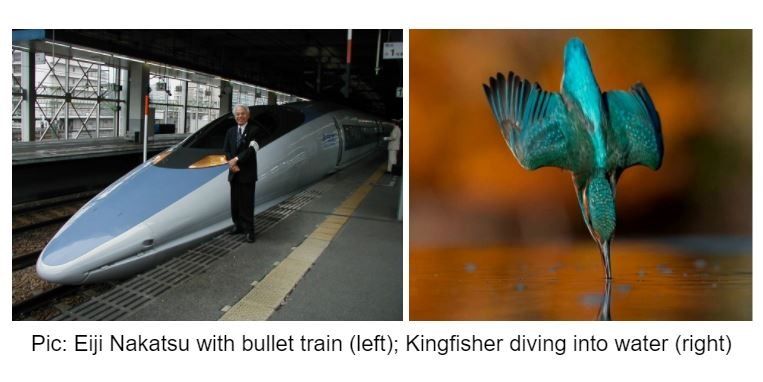
Janine Benyus, authored a book on biomimicry and implied in her book that most structures in the world are built by designers who are novice in terms of understanding ways of nature. She suggested that every design team across the world should induct a biologist to give them references of nature inspired designs. Nature inspired design is a school of thought that is picking up popularity and bringing in efficiencies to various project outcomes. Janine clearly distinguishes various forms of nature inspired design and they are listed below:
Mimic Form
Designers can mimic the structural design or functionality of the natural world to obtain desired results. Innovation teams are working on paints which are mimicking shark skin to make them self cleaning and antibacterial. This is an elementary way of working on natural inspiration to create efficient products.
Mimic Process
Development teams can study various processes in nature to design a foolproof solution. Ants have a great communication process, they use it to track food and find shelter. Network designers in information technology are using these processes to build IoT networks powering intelligent autonomous fleet systems. Swarm intelligence is a great example to program group UAVs for a certain activity. These design processes take time and demand a lot of curiosity to study and develop a great process to power organizations.
Mimic Ecosystem
Highest level of nature inspired design is to create a whole ecosystem. In nature nothing goes waste, all the byproducts are fed to various food chains and are always cyclic in nature. Even a dead log can feed fungi, which is consumed by a grasshopper, then a frog and it goes up to the highest order which generates manure for vegetation to grow. Organizations working on a circular economy have to study these ecosystems to create a sustainable system. Designing these systems is a complex process and it is always good to have experienced team members to involve in the strategy.
This does not stop here, there is more to understand in the domain of biomimicry. I will be writing more on structured processes to conduct studies internally in your team and align innovation efforts to nature inspired design. Be sure to write your opinions in the comments below and reach out to us to discuss more to train your teams on nature inspired design.
— Abhinav Guptha, Lead – Fintech, Corporate Innovation, T-Hub
We at T-Hub, power Corporate Innovation through high-impact partnerships and transform your business models for the better. Know more, https://bit.ly/31cBi71.
